Filter by
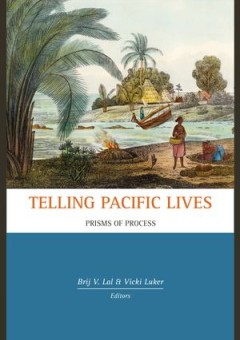
Telling Pacific Lives Prisms of Process
How are Pacific lives imagined, written and read? How are they refracted through prisms of process? From legends about culture heroes to biographies of national leaders, from tales of ancestors to stories of contemporary men and women, from lives told of both the famous and the nameless, this collection of essays — by historians and anthropologists, Islanders and Island scholars — probes qu…
- Edition
- -
- ISBN/ISSN
- 9781921313820
- Collation
- -
- Series Title
- -
- Call Number
- -
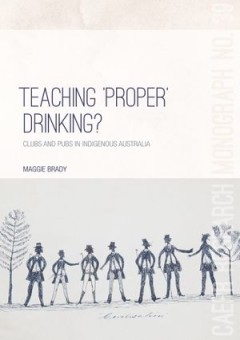
Teaching ‘Proper’ Drinking? Clubs and pubs in Indigenous Australia
"In Teaching ‘Proper’ Drinking?, the author brings together three fields of scholarship: socio-historical studies of alcohol, Australian Indigenous policy history and social enterprise studies. The case studies in the book offer the first detailed surveys of efforts to teach responsible drinking practices to Aboriginal people by installing canteens in remote communities, and of the purchase…
- Edition
- -
- ISBN/ISSN
- 9781760461577
- Collation
- -
- Series Title
- -
- Call Number
- -
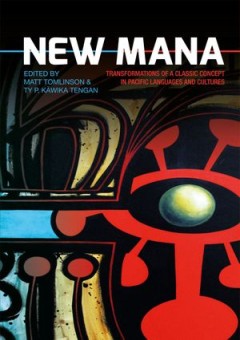
New Mana: Transformations of a Classic Concept in Pacific Languages and Cultures
Mana’, a term denoting spiritual power, is found in many Pacific Islands languages. In recent decades, the term has been taken up in New Age movements and online fantasy gaming. In this book, 16 contributors examine mana through ethnographic, linguistic, and historical lenses to understand its transformations in past and present. The authors consider a range of contexts including Indigenous s…
- Edition
- -
- ISBN/ISSN
- 9781760460075
- Collation
- -
- Series Title
- -
- Call Number
- 400 TEN n
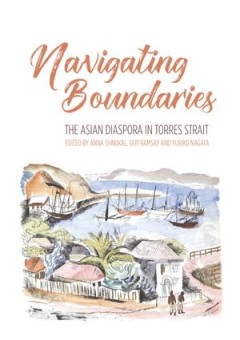
Navigating Boundaries: The Asian diaspora in Torres Strait
Navigating Boundaries belongs to a new generation of Asian–Australian historical studies. The essays presented here draw on an extensive, widely dispersed body of information, including much unpublished material, in order to narrate stories of the Asian diaspora communities of Torres Strait, north Queensland. Early chapters give an overview of Torres Strait Islander/Asian/European interaction…
- Edition
- -
- ISBN/ISSN
- 9781921934384
- Collation
- -
- Series Title
- -
- Call Number
- 306 NAV n
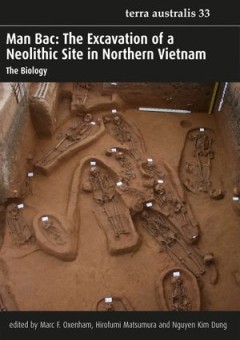
Man Bac: The Excavation of a Neolithic Site in Northern Vietnam
The site of Man Bac in the Red River Delta of Vietnam, one of the most meticulously excavated and carefully analysed of Southeast Asian archaeological sites in the past few years, is emerging as a key site in the region. This book carefully analyses the human and animal remains and puts them into context. The authors describe in detail the health status, the unusual demographic profile and the …
- Edition
- -
- ISBN/ISSN
- 9781921862236
- Collation
- -
- Series Title
- -
- Call Number
- 301 MAN m
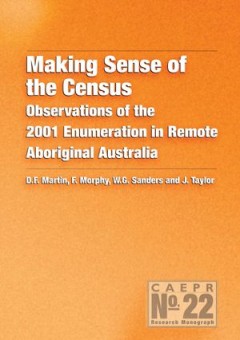
Making Sense of the Census: Observations of the 2001 Enumeration in Remote Ab…
Enumeration; Census; Methodology; Population; Statistics; Aboriginal australians; Australia
- Edition
- -
- ISBN/ISSN
- 9781920942021
- Collation
- -
- Series Title
- -
- Call Number
- 306 MAK m

Media, Erotics, and Transnational Asia
Drawing on methods and approaches from anthropology, media studies, film theory, and cultural studies, the contributors to Media, Erotics, and Transnational Asia examine how mediated eroticism and sexuality circulating across Asia and Asian diasporas both reflect and shape the social practices of their producers and consumers. The essays in this volume cover a wide geographic and thematic range…
- Edition
- -
- ISBN/ISSN
- 9781478091431
- Collation
- -
- Series Title
- -
- Call Number
- -
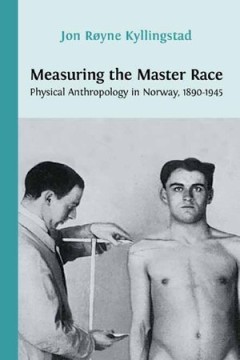
Measuring the Master Race Physical Anthropology in Norway, 1890-1945
The notion of a superior ‘Germanic’ or ‘Nordic’ race was a central theme in Nazi ideology. But it was also a commonly accepted idea in the early twentieth century, an actual scientific concept originating from anthropological research on the physical characteristics of Europeans. The Scandinavian Peninsula was considered to be the historical cradle and the heartland of this ‘master ra…
- Edition
- -
- ISBN/ISSN
- 9781909254565
- Collation
- -
- Series Title
- -
- Call Number
- -
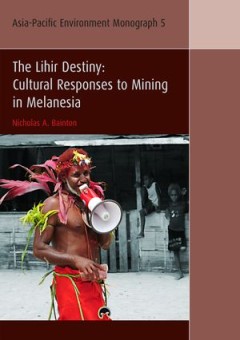
The Lihir Destiny: Cultural Responses to Mining in Melanesia
The people of the Lihir Islands in Papua New Guinea have long held visions of a prosperous new future, often referred to by local leaders as the ‘Lihir Destiny’. When large-scale gold mining activities commenced on the main island of Lihir in 1995, many hoped that this new world had finally arrived. The Lihir Destiny provides a nuanced account of the social structural and cultural transform…
- Edition
- -
- ISBN/ISSN
- 9781921666858
- Collation
- -
- Series Title
- -
- Call Number
- 301 BAI l
The Lexicon of Proto Oceanic: The culture and environment of ancestral Oceani…
This is the second in a series of five volumes on the lexicon of Proto Oceanic, the ancestor of the Oceanic branch of the Austronesian language family. Each volume deals with a particular domain of culture and/or environment and consists of a collection of essays each of which presents and comments on lexical reconstructions of a particular semantic field within that domain. Volume 2 examines h…
- Edition
- -
- ISBN/ISSN
- 9781921313196
- Collation
- -
- Series Title
- -
- Call Number
- 301 ROS l
 Computer Science, Information & General Works
Computer Science, Information & General Works  Philosophy & Psychology
Philosophy & Psychology  Religion
Religion  Social Sciences
Social Sciences  Language
Language  Pure Science
Pure Science  Applied Sciences
Applied Sciences  Art & Recreation
Art & Recreation  Literature
Literature  History & Geography
History & Geography